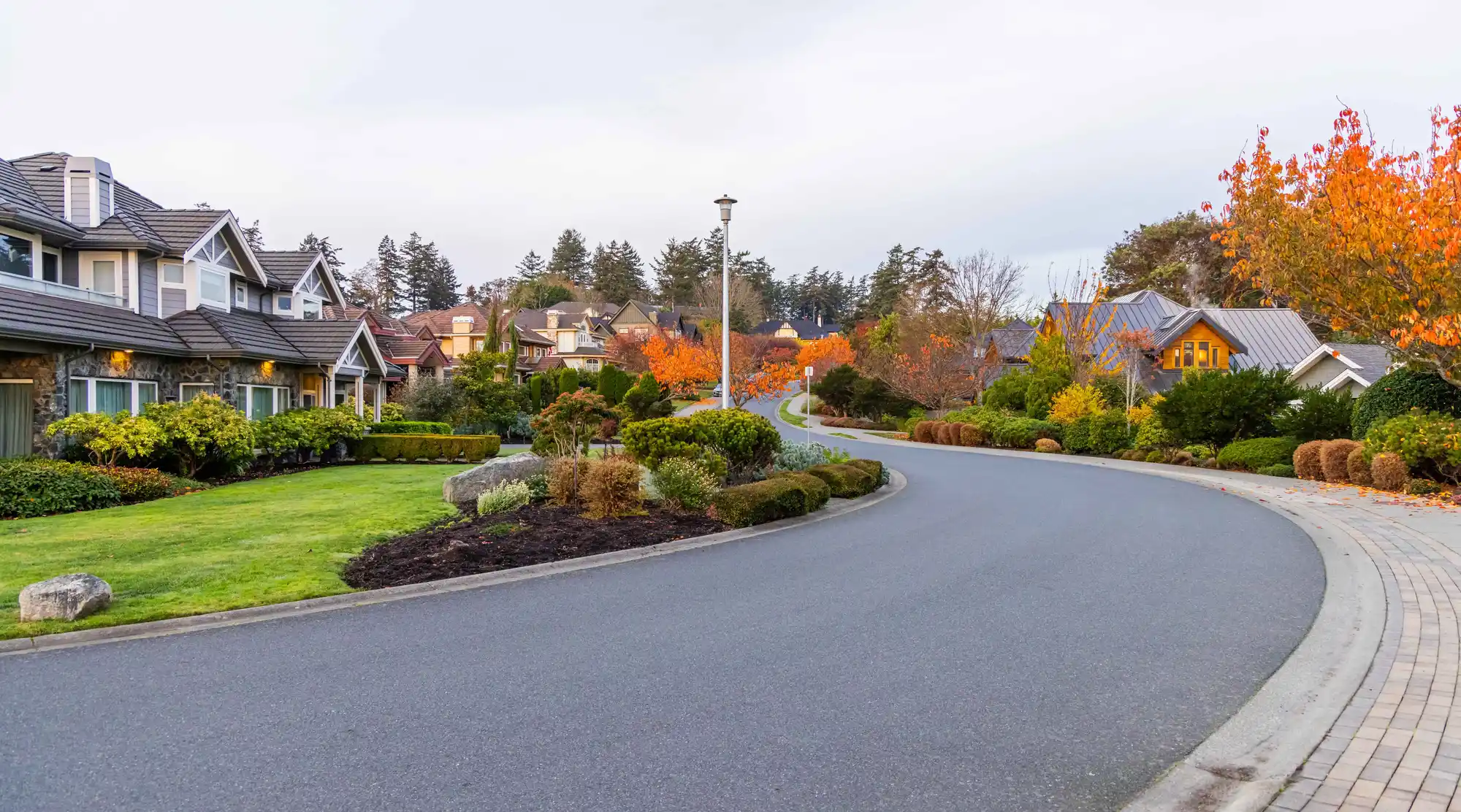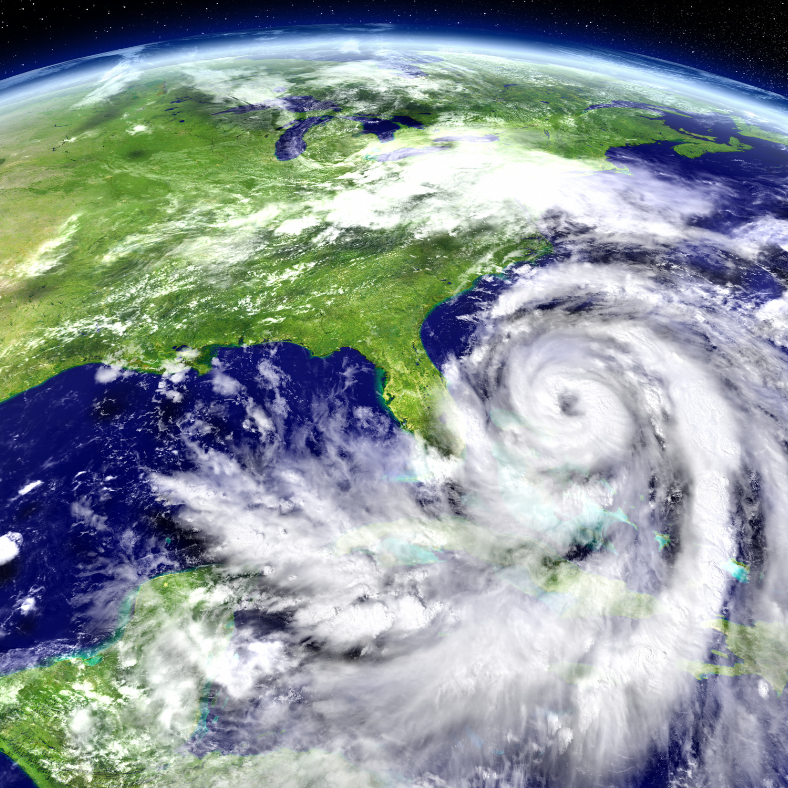When a community experienced extensive hurricane damage, CAMS worked closely with the Board of Directors to navigate the extraordinarily challenging post-disaster path and guide the community through the lengthy recovery process.
SITUATION
In September 2018, Hurricane Florence ravaged the North Carolina coast and caused considerable damage to a 30-unit oceanfront condominium community located on Topsail Beach. This damage affected multiple areas of the community and created safety hazards that required immediate attention and temporary solutions until the damage could be fully remediated.
- A fire broke out in the pump room which irreparably damaged the fire pump, potentially rendering the building uninhabitable for many months.
- The community grounds were ravaged by the storm and resulting damage included a destroyed swimming pool, pool patio, and beach access walkway.
- The building incurred structural damage to several common areas and to individual units.
SOLUTION
The proper remediation for these types of challenges required close coordination between the board, CAMS team, service providers, insurance agents, and very clear and frequent communication with owners to reduce their anxiety following such a loss.
- In the aftermath of the storm, the critical first step was to fully assess the safety risks and immediately implement protocols for resident safety. A full damage assessment needed to be made by qualified experts and in coordination with the insurance companies; however, properly defining the full impact took time and could not be rushed since underlying damage is not always readily apparent.
- Due to the board’s coordination efforts and CAMS’ close relationship with area service providers, appropriate experts were sourced to diagnose the fire safety system failure, implement temporary solutions, and design a permanent solution that would be compliant with new building codes for the 30-year-old building.
- A 24/7 fire watch was implemented in close cooperation with the local fire marshal. Following a disaster of this size, and due to the remote location of the property, companies providing fire watch services were unavailable to assist; therefore, CAMS came up with a creative solution by hiring college students to monitor the building 24/7. Due to the quick thinking of the board and CAMS, residents were not displaced.
- Despite pre-storm preparations that were done to protect the elevators from damage, one of the three elevator shafts flooded which required additional safety and repair actions to ensure secure entry and exit for all residents.
- The damaged pool, patio, fencing, and walkway were removed. The board and CAMS worked closely with CAMA (Coastal Area Management Act) to install sandbags in compliance with area regulations. The board formed a committee to determine next steps and present ideas and recommendations since regulations regarding pool location adjacent to the ocean had changed and the location was no longer an option for replacement. Because the common area amenity was affected, legal guidance was needed to ensure that any decisions would comply with the condominium association’s declaration as well as local, state, and federal laws. This process took several years to complete, and owners were polled and/or updated at regular intervals during the progress of the project.
- A structural engineer was hired to evaluate damage to the building, ensure all damage had been properly identified, and to give recommendations on repairs. Since the building was 30 years old, the storm damage shined a light on problems that had evolved over time; therefore, the board directed the scope of the plan to address overall building integrity as opposed to simply fixing the storm damage.
- The board and CAMS remained in close communication with service providers to ensure invoices were paid promptly, and the insurance adjuster worked to determine exactly what was covered under which policy (master policy, flood policy, buy-back or homeowner policy) and to obtain payment advances or to review requests for supplemental claims as evidence of additional damage came to light.
- CAMS tracked all financial transactions on a separate financial report so there was complete transparency of all funds and compared them against insurance estimates to maximize the association’s reimbursement.
OUTCOME
Despite the extreme devastation, the condominium and its community are stronger now than ever before. The close coordination between the board and the CAMS team ensured that scarce resources could be leveraged to strategically manage the challenging recovery process, not only for this property, but also for the others that were similarly impacted by the disaster. Further, with CAMS’ professionals by their side, the board’s excellent organizational skills and dedication to quickly and properly addressing all issues has prepared the community to tackle any future natural disasters should they arise.
To aid in communication and recovery processes, CAMS has an Extreme Weather Website that keeps community members apprised of storm conditions and includes various resources for owners to access information needed before, during, and after an extreme weather event. CAMS also has an Extreme Weather Readiness process that allows the board and CAMS to work together to plan and prepare in advance should the unexpected occur. CAMS’ corporate readiness plan and infrastructure has service continuity at its heart which is a critical benefit for our clients.
If your community association could use some help navigating natural disasters, reach out to the experts at CAMS today on our website or at 888.798.2624 for Trusted Guidance.


